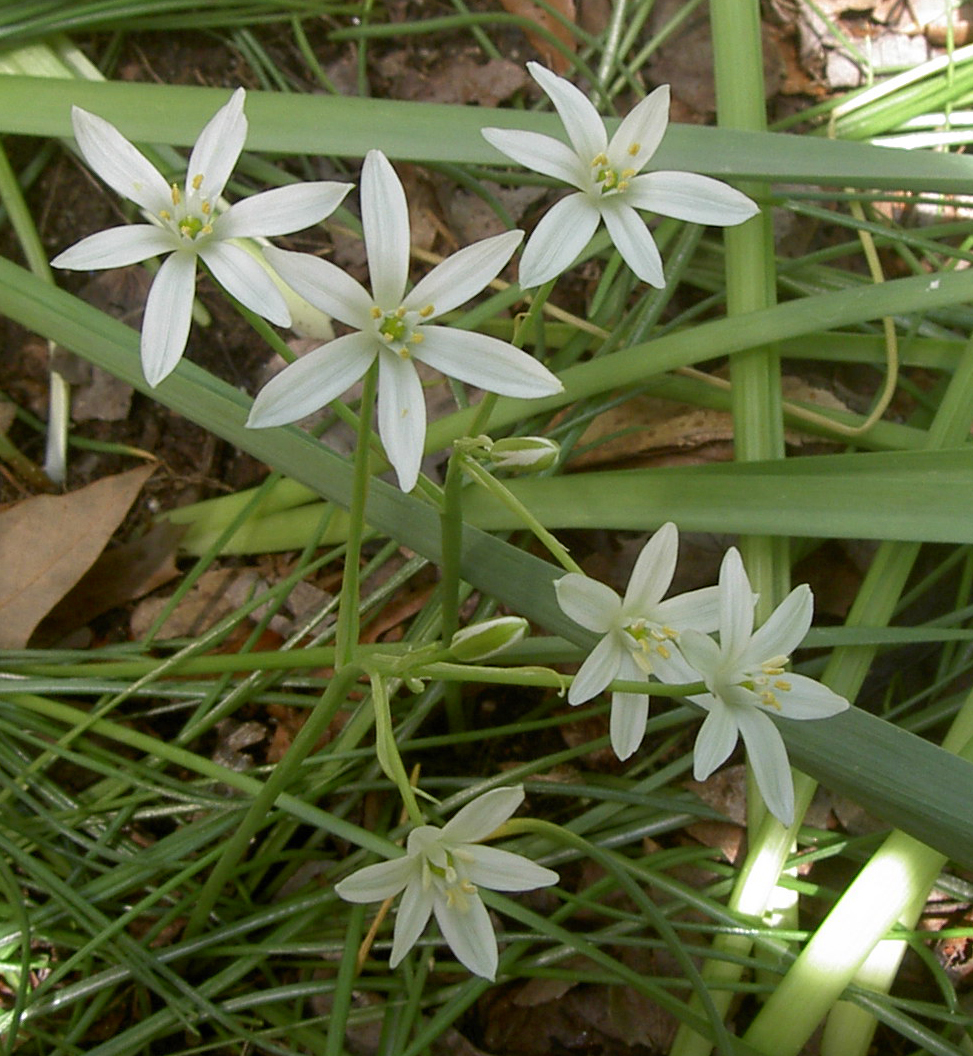This time of year, I get three things at the farmers’ market: asparagus, rhubarb, and strawberries. These are, no doubt, the same three things everyone gets at the farmers’ market in spring, as they’re the first seasonal foods available. The Master Peace Community Garden Farm has a wide selection of delicious-looking greens; having just completed a six-month tour of nothing but greens and turnips, I’m disinclined to sample them. Instead, I buy asparagus. Lots of asparagus.
One of the most salient dynamics of seasonal eating is the propensity to eat so much of a fruit or vegetable when it’s in season—usually because you’ve been anticipating its arrival for weeks if not months, sometimes because you’ve grown it yourself and it’s just so darn prolific—that you can hardly bear the thought of touching it during the rest of the year. If you’re actively attempting not to buy vegetables shipped from the other coast during the off season, eating as much as you possibly can when it’s locally available is a good way to go to avoid being tempted during the rest of the year. This is my approach to asparagus. I confess to being a bit susceptible to a mob mentality when it comes to fresh produce; I’m not even sure I really like asparagus that much, but there’s such a culture of appreciation and veneration around the plant that I would never pass up the opportunity to cook and eat it. On the other hand, my partner is pretty sure he doesn’t like asparagus that much, so we’ve worked to find ways to prepare it other than steam, dab with butter, drizzle with lemon juice, and sprinkle with black pepper.
The way we’ve found is with pasta. In a cookbook I’ve had for many years, Pasta e Verdura, we found a recipe that we both love which combines the two seasonal favorites of asparagus and crimini mushrooms with shallots and tops it off with parmesan and black pepper (of course). Each spring we have this dish a few times, and then steamed asparagus until I get sick of it, by which point the season is over and we wait until the next year to do it all over again. This week, I ended up with two bunches of asparagus and only one round of mushrooms and shallots, so I improvised a second pasta sauce that was quick and easy. Steamed asparagus, ground walnuts, butter, lemon juice, and the ever-so-important ground black pepper. I think I added grated parmesan because why not, but it would have been just as good without it. If you’re going to keep it vegan by using olive oil, use less lemon juice; it can be overpowering without the butter. The recipe was quite good, enough so that I think I’ll use next week’s asparagus bunch this way rather than taking the time to cook up the mushrooms and shallots (it has the advantage of getting fewer pans dirty).
I’m sure that by the time my asparagus fixation runs its course, it will be just about time for pea season. To which I’m already looking forward.
